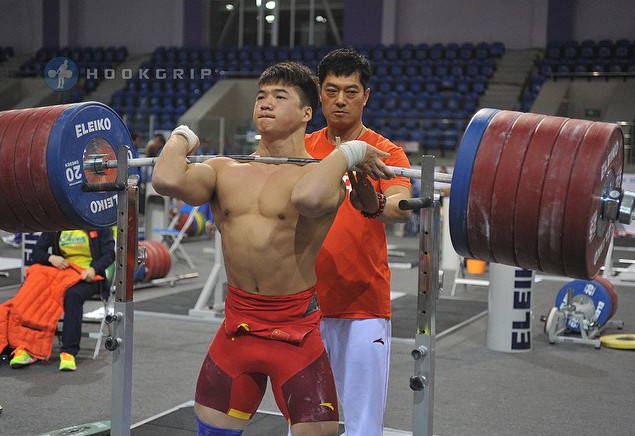In this post I will discuss the physiological components that make up physical strength. In general the strength of a muscle is determined by its cross sectional mass. When we assess the improvement of strength in a muscular contraction, we see a significant increase in force output in a short space of time with no change in mass. This shows us that there is also a neural component that plays a significant role in strength. In order for a muscle fiber to hit a peak contraction it must be stimulated fully. A beginner to strength training will be unable to reach his true max because he will be neurally untrained. This means he is not capable of using all his muscle fibers or even capable of using the select few to their full potential.
When we want to move, we send a chemo-electrical signal from brain to the muscle which results in a contraction. The more signals we send the more forceful the contraction. In order to achieve maximum contraction we must have a constant and rapid train of impulses coming from our brain. The route the impulse takes down the nerves must be capable of sustaining and transmitting these signals. Early in our training it is these nerves which improve at delivering stimulus, that results in strength improvements.
There are several factors which can prevent us achieving maximum contractile forces. We have safety mechanisms which prevent us reaching our limits in order to prevent damage to our muscle tissue. These mechanisms are largely involuntary and are not simply a case of pushing harder. When we train the thresholds for these “safety switches” raise, allowing us to lift more. This is partly because our muscles become more conditioned and less susceptible to damage but also because our overriding mechanisms improve. We can prove this theory by using a simple maximum voluntary contraction test on a muscle. An athlete produces their strongest contraction and when it peaks we add extra stimulus externally with an electric impulse. The peak will increase significantly higher than voluntary stimulus could achieve, proving there is more force possible.
So how do we increase strength? There a couple of areas which can be improved. First we need to train the movement. Becoming more accustomed to the movement helps us learn the pattern of muscle activation required to perform the action effectively. Second we must improve stimulation and muscle activation. The obvious method is working closer to our maxes which in theory requires a “close to max muscle contraction”. Become accustomed to producing maximum force will improve the mechanisms involved over time. This can be taxing on both the central nervous system (CNS) and the muscle structure itself. It will require structural recovery which takes time. Speed training is an excellent variation as it allows us to improve the rate of impulses coming from the brain. More ballistic type exercises such as jumping are a good way to improve rate of neural transmission. Adding bands or chains to sub-maximal weights for particular lifts can also be another variation to include. The increased resistance over the range of the movement requires an accelerated contraction.

These types of training are excellent ways to improve the neural component of strength without needing any structural recovery. They are demanding on the CNS and as always adequate recovery is necessary. The next area to work on is increasing muscle mass. This involves hypertrophy of the muscle fibers which occurs over a much longer period of time.
Becoming strong is important to all athletes but understanding what makes them strong can be just as important. The body adapts quickly and so a multidirectional approach can help progress in terms of consistency. Often athletes employ the maximal lifting approach exclusively and plateau quickly. Combining different methods over a periodised training plan can make sure that an athlete continues to improve in the long term and achieve full potential.

3 Comments
Join the discussion and tell us your opinion.
Great article. Thanks.
Happy you enjoyed it!
Good read.